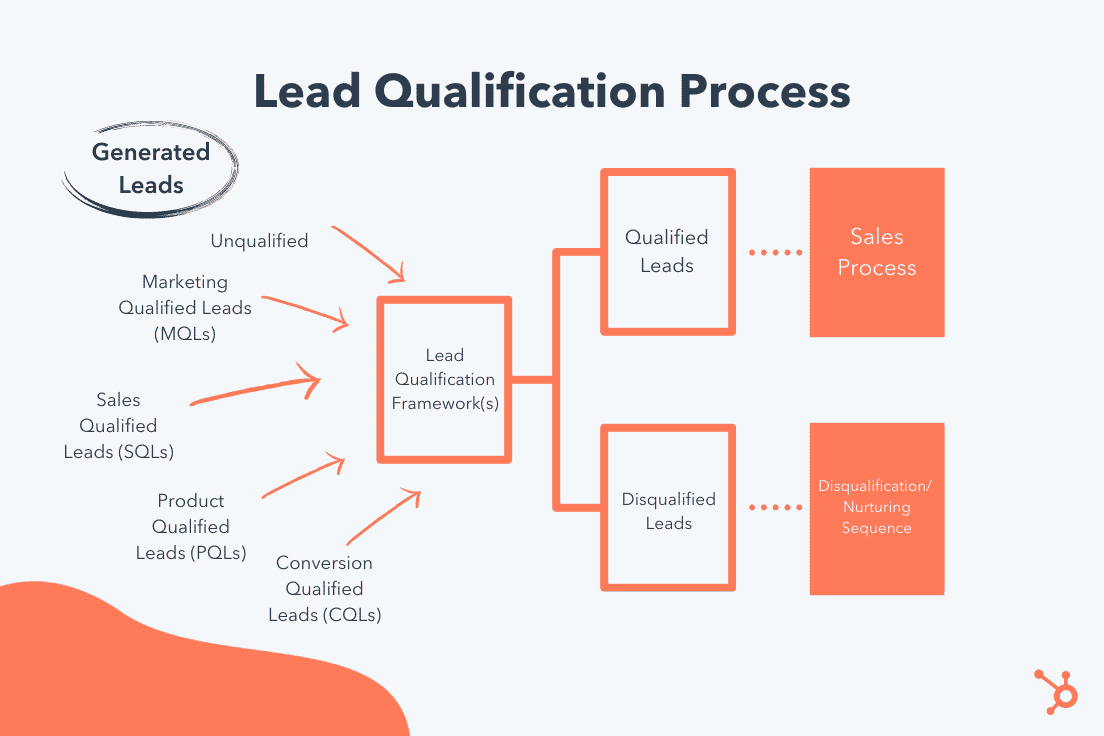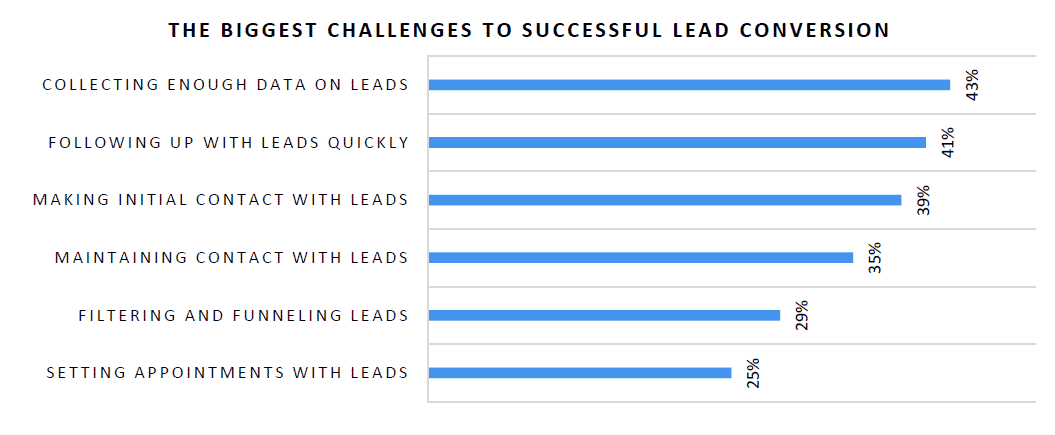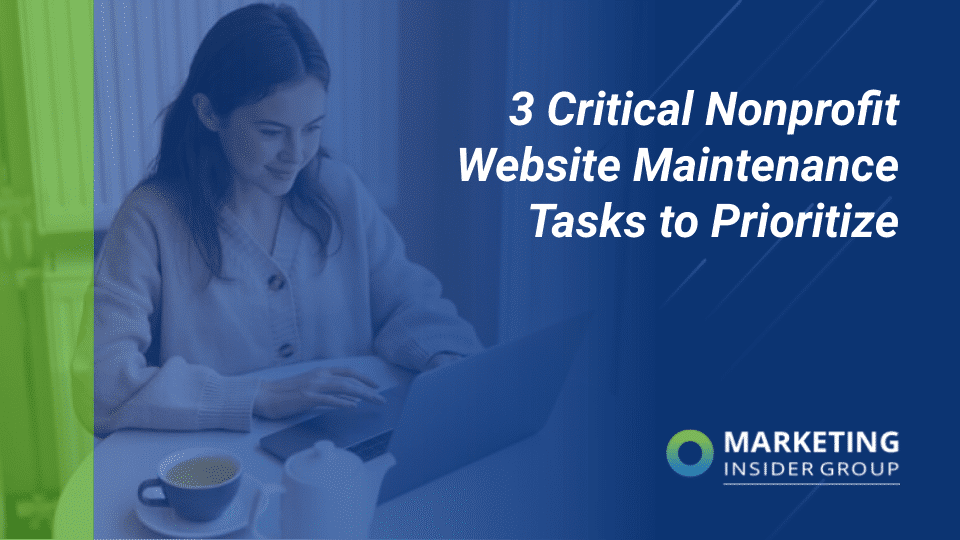
How to Prioritize Your Best B2B Leads
I hate to be the bearer of bad news, but most of your B2B leads most likely won’t convert into sales.
Some might not be ready to buy, some you could lose to competition, while some might have needs that your solutions don’t exactly fit. You aren’t alone in this struggle. Only 12% of B2B marketers are actually satisfied with their lead conversion initiatives.
As B2B marketers, you need to assess which of your prospects have the attributes and behaviors that make them high-quality leads. You must also qualify leads based on their potential lifetime value (LTV) or the predicted net profit that a customer will contribute to doing business with your company.
Ideally, the costs you spend on your customers should be proportionate to the revenue that they bring in to your business. But how can you predict LTV and conversion potential before the sale? Well, it all comes down to effective lead qualification.
Key Takeaways
- Rather than commit to every potential lead that comes your way, develop a lead qualification technique that works for you and your team.
- Use updated techniques and tailor them to fit your specific needs, one size doesn’t need to fit all.
- Use your data to let go of leads that won’t convert to optimize your time.
The Evolving Methods of Qualifying Leads
Once you identify potential leads, you have to figure out which ones are worth pursuing and when. There are several ways to help you determine the best leads for your marketing team such as the BANT (budget, authority, need, and timing) and CHAMP (challenges, authority, money, and prioritization) frameworks.
BANT and CHAMP are traditional lead qualification methods that form a systematic criteria, which you can use to determine the “quality” of a sales lead.
However, digital marketing technologies have paved the way for more modern techniques in qualifying your leads. These days, you can tap various data from your customer relationship management (CRM) system to create a lead scoring system for potential customers on your list.

Modern lead scoring has you assign points to each new lead you receive based on their behavior or demographic information. You then use this total lead score as your guide in ranking your prospects and measuring their customer-fit or interest in your brand.
As you can see, scoring criteria these days involve a more dynamic group of attributes. However, that doesn’t make classic methods like BANT and CHAMP ineffective. In fact, you can take their most basic principles as a basis for establishing a lead scoring system that best suits your business model.
Aside from assigning points to your B2B lead based on the BANT or CHAMP frameworks, you can also design your scoring system to include other values or criteria such as a lead’s response to your sales activities or actions. This information will help paint a clearer picture of a lead’s intent.
Are You Prioritizing Your Leads Well Enough?
Although the numerous data points involved in lead scoring make it quite a tedious task, what you get is a higher level of understanding about your prospects. It also becomes easier for you to qualify them as an ideal customer and scale up your marketing and sales efforts with them.
It just doesn’t pay to not take advantage of data-driven lead management strategies in your campaigns.
For one, you may not be directing your efforts properly if you don’t prioritize your B2B leads. Estimates say that sales reps spend about 40% of their time looking for which lead to call.
You want your team to focus on leads that have the highest potential for sales conversion and to cut down on time wasted by calling every single person on your list.
When you call every possible person on your list, there are two likely results.
First, you find out at the end of the call that there was no selling opportunity at all with your lead.
Second, it takes longer to make sure that your prospects meet the set criteria that qualifies them as a high-potential lead. Either way, you lose a considerable amount of time that you could have managed more efficiently.
The flip side of qualifying leads is disqualifying them, the thought of which can make a sales person cringe. But, when you disqualify a dead-end lead, you optimize your own time and don’t get the reputation of wasting others.
Based on statistics, salespeople who used prioritized lists took 20% more actions per lead, meaning they were able to make more contact attempts and increase engagement time. Together, these actions show higher productivity for your team and more opportunities to engage your best prospects.
Furthermore, studies estimate that 83% of companies without a lead prioritization system registered below average conversion rates. So, if you want your brand to keep up with the competition, implementing a proper lead qualification system is a no-brainer.

Work Smarter, Not Harder
In closing, a perfect sales situation is one where you convert every B2B lead you have on your list. But realistically speaking, that just doesn’t happen. Your potential customers will naturally be in different stages of the buying cycle and will always have unique circumstances that set them apart from the rest.
A custom lead scoring system can help you set proper parameters in determining which leads to prioritize and ultimately invest in so that you can convert them into high-value customers.
Need help attracting potential leads? Check out our SEO Blog Writing Services or schedule a free consultation today to learn how to grow your organic traffic.






